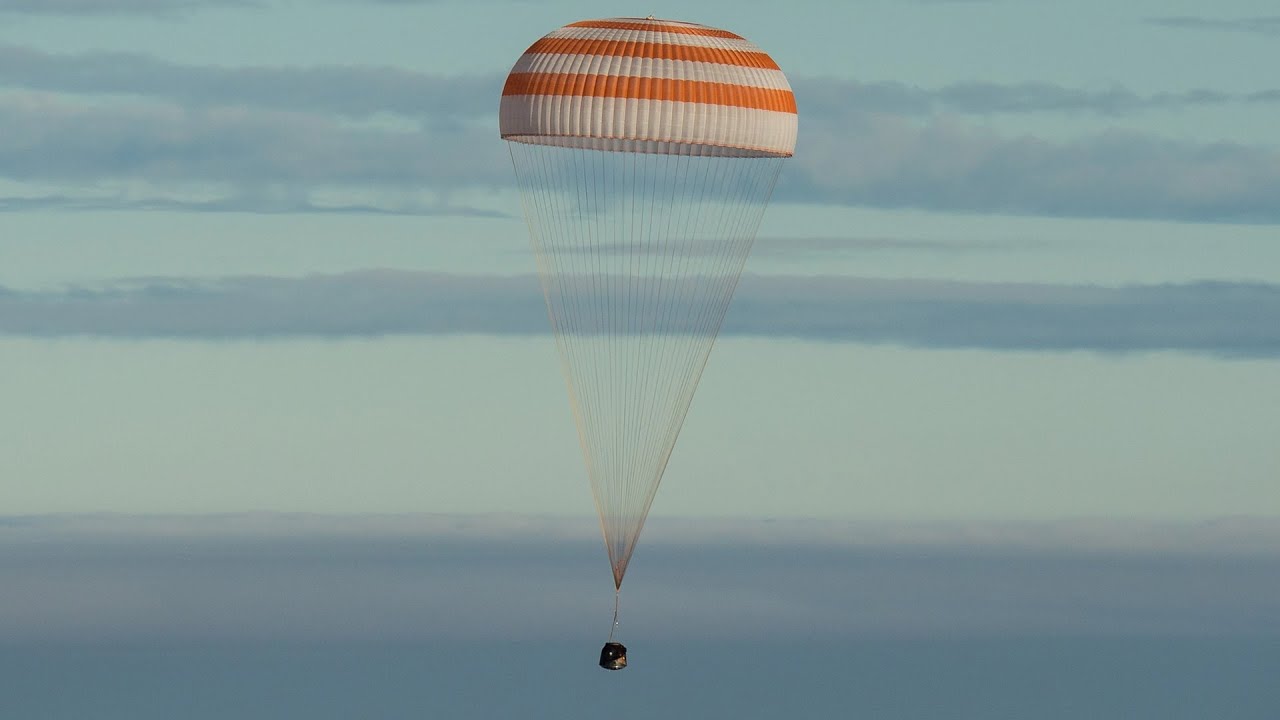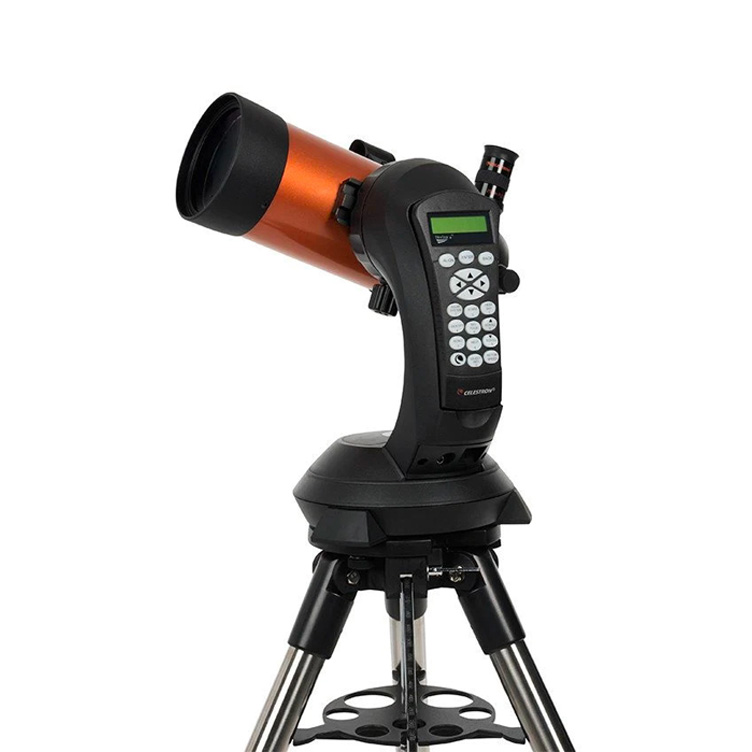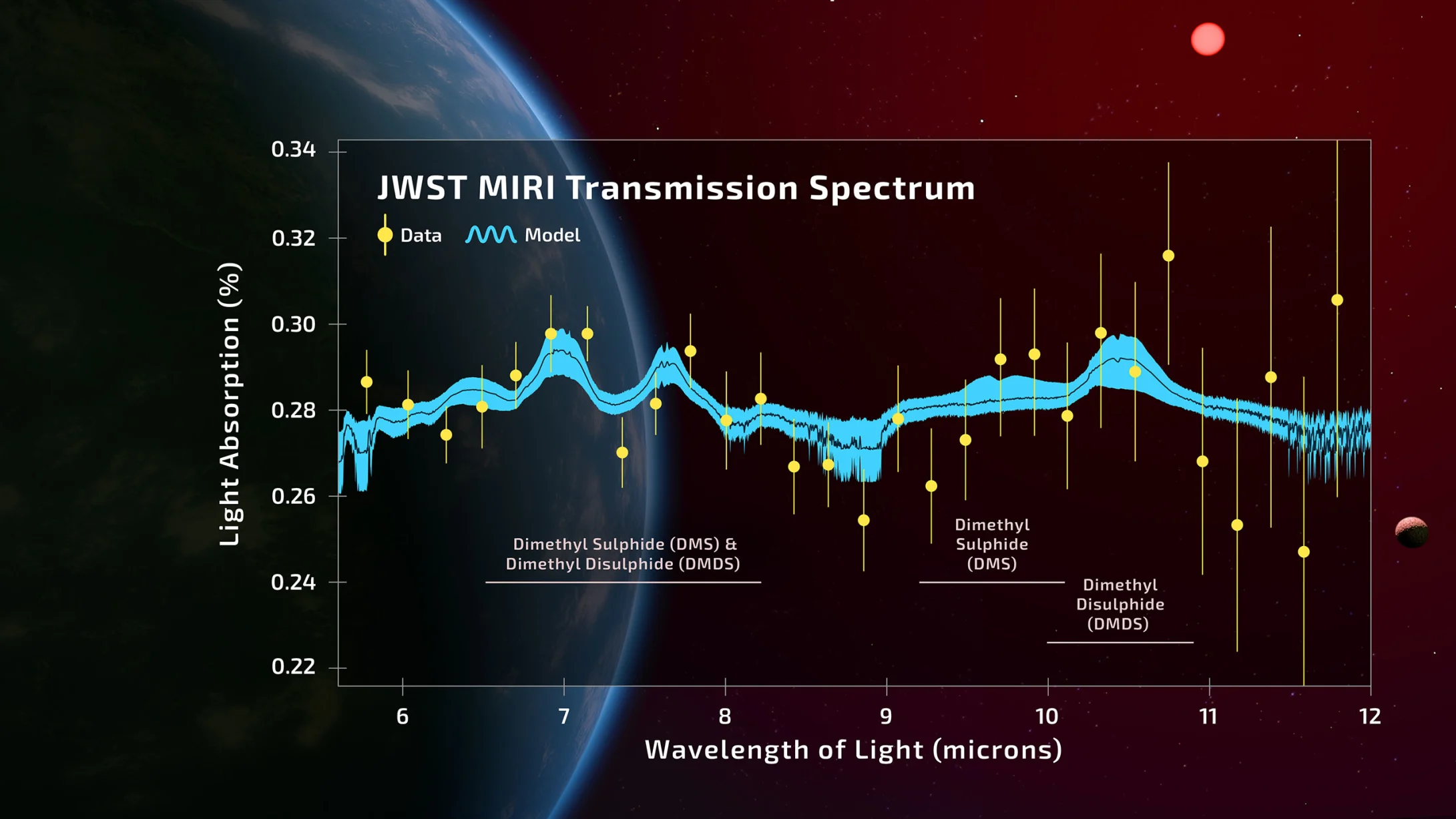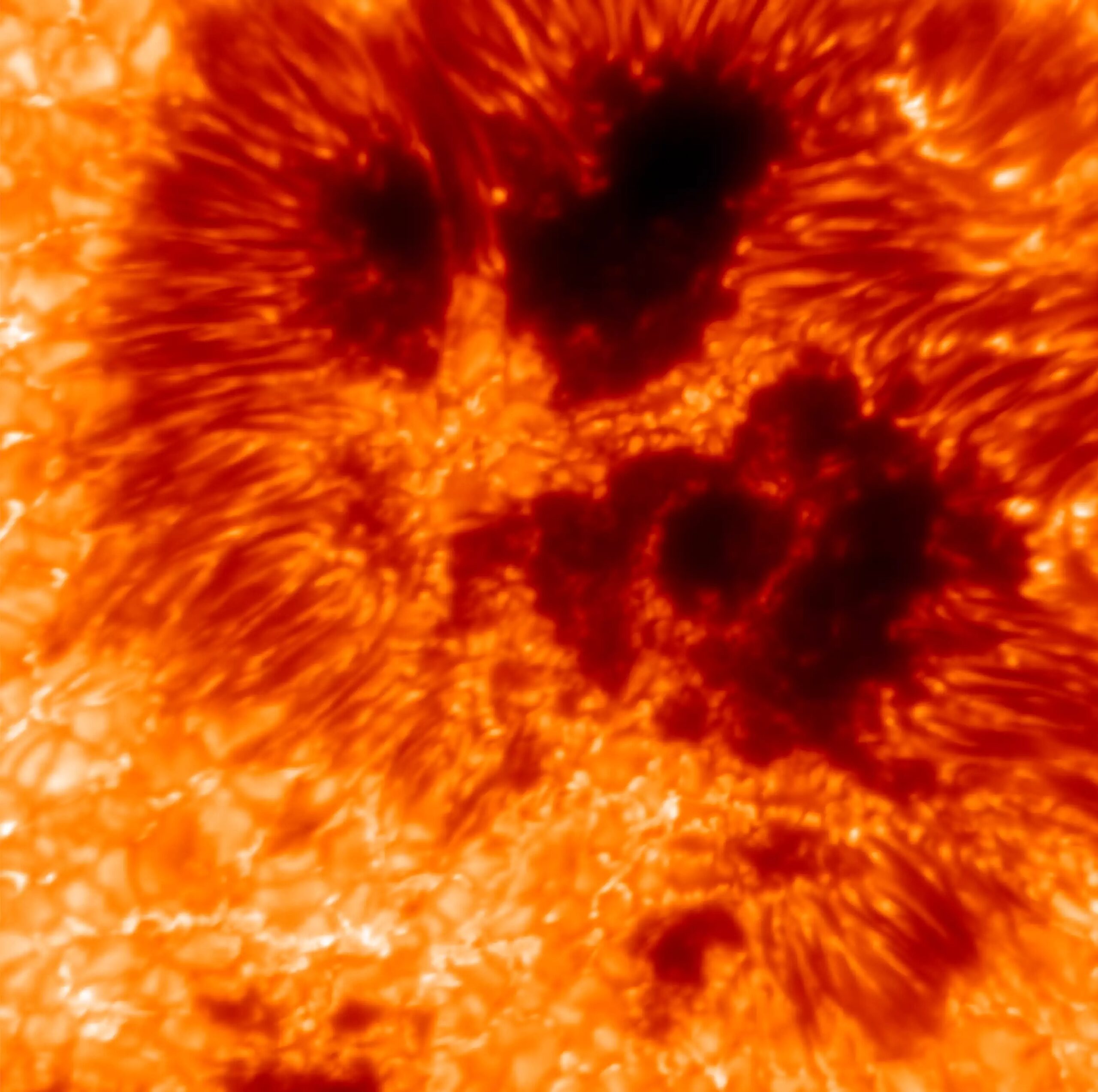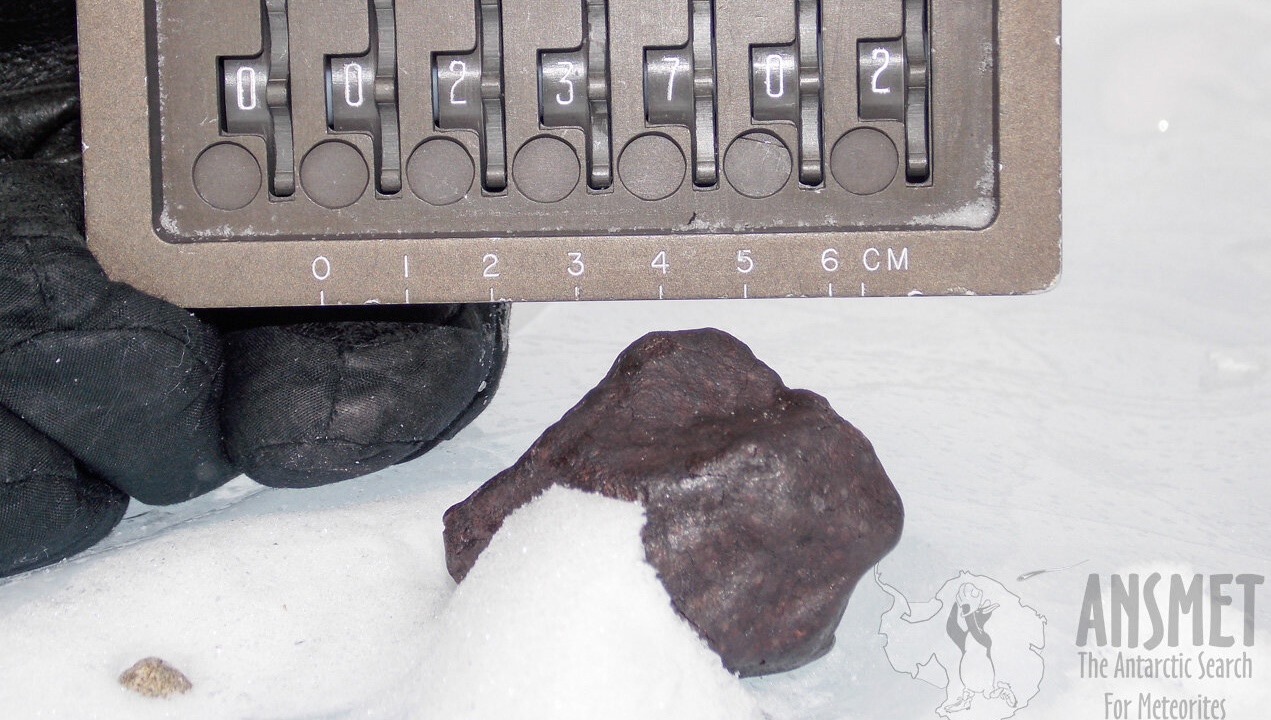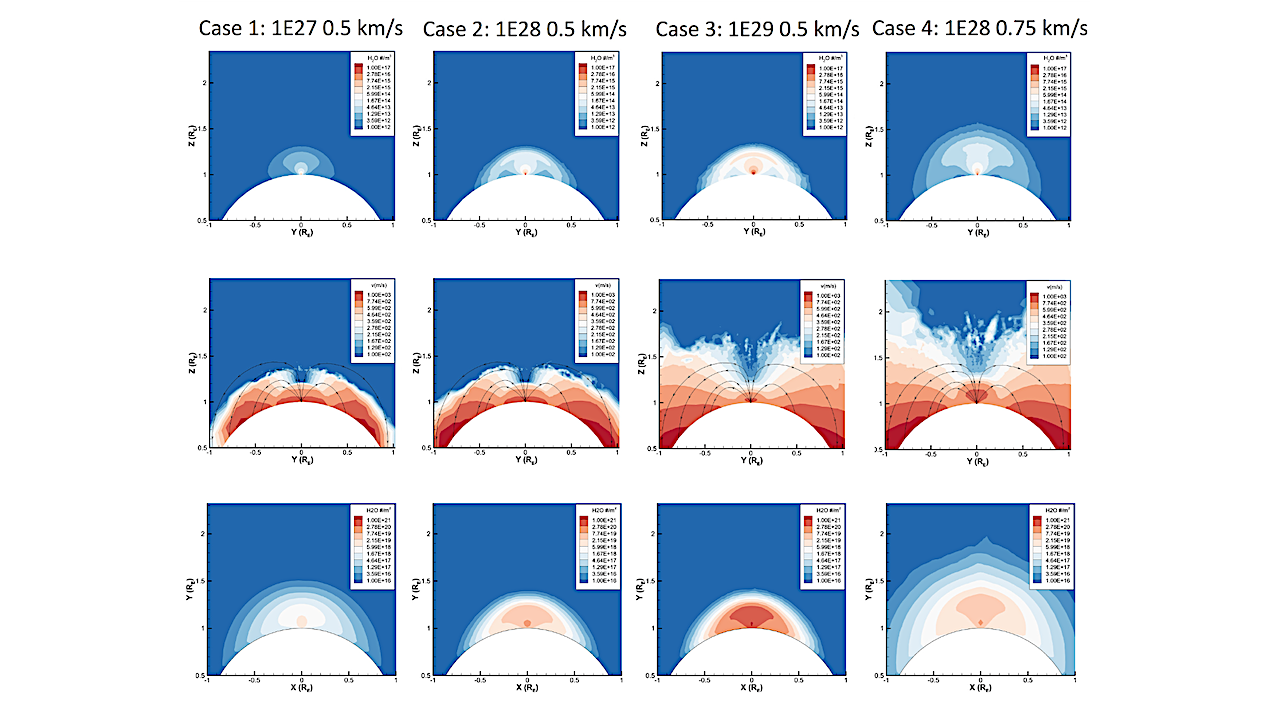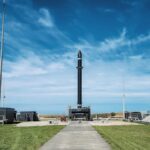Watch live! NASA astronaut Don Pettit and 2 cosmonauts return to Earth from ISS – YouTube Watch On NASA astronaut Don Pettit and two cosmonaut colleagues will return to Earth
Hot Posts152- Page
The morning of April 24 will give rise to a striking mini-planetary parade, as Mercury, Venus, Saturn, Neptune, and Earth’s moon cluster together in the same region of the pre-dawn
Our sun is wobbling, and this has a huge impact upon the regularity of many of Earth’s meteor showers, according to new research that discovers why streams of comet dust
Recently, a team of University of Cambridge-led astronomers made global headlines after announcing they’d found the “strongest evidence yet” of life beyond our solar system. Their claims were based on
1 min read Preparations for Next Moonwalk Simulations Underway (and Underwater) ECF 2024 Quadchart Ilic.pdf Ognjen Ilic University of Minnesota This effort will aim to demonstrate the feasibility of directed-energy
SpaceX just sent a pioneering European capsule to the final frontier. A Falcon 9 rocket lifted off from Cape Canaveral Space Force Station in Florida today (April 21) at 8:48
The world’s largest solar telescope has gained a powerful new “eye” that promises deeper views into the workings of our sun than ever before, scientists announced on Thursday (April 24).
The meteorite used in this study—LAR12252—when it was discovered in Antarctica. Credit: The ANSMET (ANtarctic Search for METeorites) Program, Case Western Reserve University and University of Utah. University of Oxford
Status Report The Planetary Science Journal April 21, 2025 The DSMC simulation results of Europa’s gas plumes with four case studies. Top: number density distribution (shown in contours with a
Headquarters General Counsel Iris Lan Deputy General Counsel Bryan R. Diederich (Acting) Director of Legal Operations Christine Pham (Acting) Associate General Counsel for Commercial and Intellectual Property Law Practice Group,
-
 012024 in Review: Highlights from NASA in Silicon Valley
012024 in Review: Highlights from NASA in Silicon Valley -
 02Panasonic Leica Summilux DG 15mm f/1.7 ASPH review
02Panasonic Leica Summilux DG 15mm f/1.7 ASPH review -
 03From Polymerization-Enabled Folding and Assembly to Chemical Evolution: Key Processes for Emergence of Functional Polymers in the Origin of Life
03From Polymerization-Enabled Folding and Assembly to Chemical Evolution: Key Processes for Emergence of Functional Polymers in the Origin of Life -
 04How New NASA, India Earth Satellite NISAR Will See Earth
04How New NASA, India Earth Satellite NISAR Will See Earth -
 05And Thus Begins A New Year For Life On Earth
05And Thus Begins A New Year For Life On Earth -
 06Astronomy Activation Ambassadors: A New Era
06Astronomy Activation Ambassadors: A New Era -
07SpaceX launch surge helps set new global launch record in 2024


